A Study of Ceramic Terminology Translation Strategies under the Guidance of Skopos Theory
DOI: 10.23977/langl.2024.070726 | Downloads: 264 | Views: 1631
Author(s)
Lun Wang 1, Jianghui Jian 1
Affiliation(s)
1 Jingdezhen Ceramic University, Jingdezhen, Jiangxi, China
Corresponding Author
Lun WangABSTRACT
With the advancement of globalization, Chinese ceramic culture is spreading more and more widely in the world. In this context, the translation of ceramic terms plays an important role in cultural communication and international exchange. Based on the theory of Skopos translation, this paper discusses the problems of strategy selection in the translation of ceramic terminology, and through the analysis of specific translation examples, it proposes several translation strategies that conform to both the expression habits and the comprehension habits of the target language readers, so as to realize the accurate transmission, dissemination and communication of Chinese ceramic culture. In addition, by analyzing domestic and international literature, this paper summarizes the main problems in ceramic terminology translation and proposes corresponding strategies. The research findings show that the translation strategies based on Skopos Theory can effectively improve the accuracy and cultural adaptability of ceramic terminology translation, as a result, it can help disseminate Chinese ceramic culture effectively and efficiently.
KEYWORDS
Skopos Theory, Ceramic Terminology, Translation Strategy, Cultural CommunicationCITE THIS PAPER
Lun Wang, Jianghui Jian, A Study of Ceramic Terminology Translation Strategies under the Guidance of Skopos Theory. Lecture Notes on Language and Literature (2024) Vol. 7: 177-185. DOI: http://dx.doi.org/10.23977/langl.2024.070726.
REFERENCES
[1] Cui Fenghua. The Treatment of Cultural Proprietary Items in the Translation of Chinese Culture Reader: Chinese Porcelain [D]. Beijing: School of English, Beijing Foreign Studies University, 2014.
[2] Wu Xiaojing. Translation Report on the English Translation of East India Company Porcelain under the Perspective of Association Theory [D]. Nanchang: College of Foreign Languages, Nanchang University, 2017.
[3] Wang Lisong, Bao Yanyan. Translation Strategy of Tourism Texts under the Guidance of Purpose Theory [J]. Journal of Tianjin University: Social Science Edition, 2018, 20(5):446-449.
[4] Reiss K. Translation criticism: the potentials and limitations [M]. Shanghai: Shanghai Foreign Language Education Press, 2004.
[5] Newmark P. A Textbook of Translation [M]. London: Prentice Hall, 1987.
[6] Nord C. Translating as a Purposeful Activity: Functionalism Approaches Explained [M]. Shanghai: Shanghai Foreign Language Education Press, 2001.
[7] Li Yancu. The Beauty of Ceramics [M]. Nanjing: Jiangsu Phoenix Fine Arts Publishing House, 2021: 35.
[8] Wu Feng, Wang L, Sun Jingyi. On the unification of ceramic terminology and the dissemination of Chinese ceramic culture [J]. Writers Journal, 2011(4):176-177.
[9] Ge Liying, et al. Ceramic Terminology Translation Strategies--Based on the Perspective of Purpose Theory [J]. Journal of Tianjin University (Social Science Edition), 2019, 21(5):469-473.
| Downloads: | 48694 |
|---|---|
| Visits: | 925560 |
Sponsors, Associates, and Links
-
Journal of Language Testing & Assessment
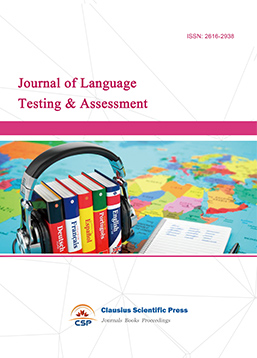
-
Information and Knowledge Management
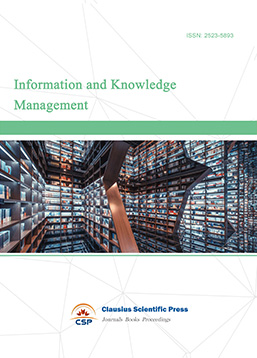
-
Military and Armament Science
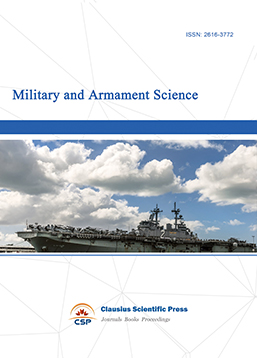
-
Media and Communication Research
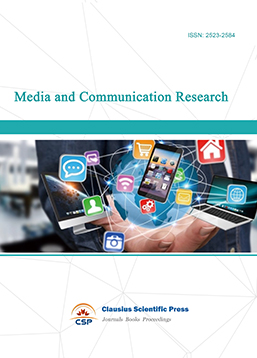
-
Journal of Human Movement Science
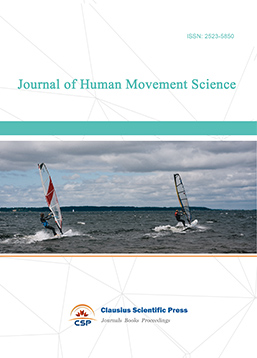
-
Art and Performance Letters
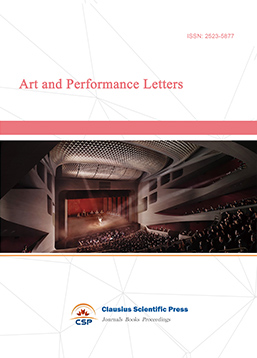
-
Lecture Notes on History
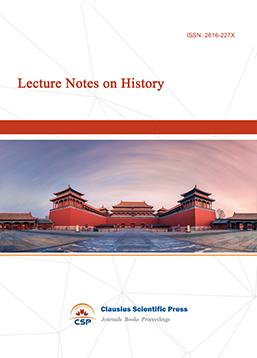
-
Philosophy Journal
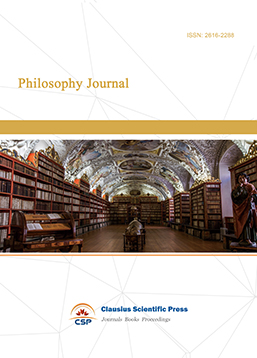
-
Science of Law Journal
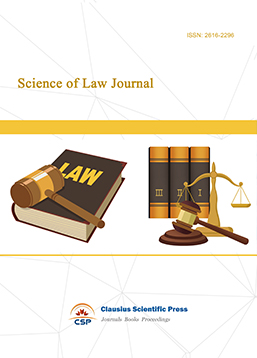
-
Journal of Political Science Research
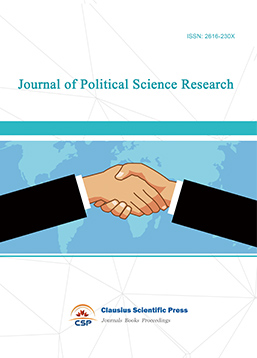
-
Journal of Sociology and Ethnology
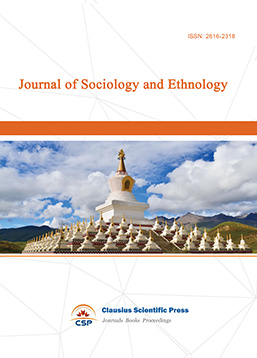
-
Advances in Broadcasting


 Download as PDF
Download as PDF